This article was co-authored by Joshua Ellenhorn, MD and by wikiHow staff writer, Janice Tieperman. Joshua Ellenhorn, MD, is a board certified surgeon with advanced training in the fields of surgical oncology, minimally invasive surgery, and robotic surgery. He runs a private practice at Cedars-Sinai Medical Center in Los Angeles, California and is a nationally recognized leader in surgery, cancer research, and surgical education. Dr. Ellenhorn has trained more than 60 surgical oncologists and has spent over 18 years in practice at the City of Hope National Medical Center, where he was a professor and the chief of the Division of General and Oncologic Surgery. Dr. Ellenhorn performs the following surgical procedures: gallbladder surgery, hernia repair, colorectal cancer, skin cancer and melanoma, gastric cancer, and pancreatic cancer. He earned an MD from the Boston University School of Medicine, completed fellowships at the University of Chicago and Memorial Sloan-Kettering Cancer Center and finished his residency in surgery at the University of Cincinnati.
There are 20 references cited in this article, which can be found at the bottom of the page.
This article has been viewed 90,709 times.
All over the world, breast cancer is a heartbreaking reality that countless people have to cope with. In America alone, women receive this life-shattering diagnosis once every 2 minutes, totaling over 330,000 diagnoses each year.[1] As widespread as this disease may seem, there’s still plenty you can do to help, especially during Breast Cancer Awareness Month in October. Keep reading for plenty of tips and suggestions on how to do your part—even the smallest act of kindness can bring us one step closer to a cure!
Steps
Expert Q&A
-
QuestionWhen should you get your first mammogram?
 Joshua Ellenhorn, MDJoshua Ellenhorn, MD, is a board certified surgeon with advanced training in the fields of surgical oncology, minimally invasive surgery, and robotic surgery. He runs a private practice at Cedars-Sinai Medical Center in Los Angeles, California and is a nationally recognized leader in surgery, cancer research, and surgical education. Dr. Ellenhorn has trained more than 60 surgical oncologists and has spent over 18 years in practice at the City of Hope National Medical Center, where he was a professor and the chief of the Division of General and Oncologic Surgery. Dr. Ellenhorn performs the following surgical procedures: gallbladder surgery, hernia repair, colorectal cancer, skin cancer and melanoma, gastric cancer, and pancreatic cancer. He earned an MD from the Boston University School of Medicine, completed fellowships at the University of Chicago and Memorial Sloan-Kettering Cancer Center and finished his residency in surgery at the University of Cincinnati.
Joshua Ellenhorn, MDJoshua Ellenhorn, MD, is a board certified surgeon with advanced training in the fields of surgical oncology, minimally invasive surgery, and robotic surgery. He runs a private practice at Cedars-Sinai Medical Center in Los Angeles, California and is a nationally recognized leader in surgery, cancer research, and surgical education. Dr. Ellenhorn has trained more than 60 surgical oncologists and has spent over 18 years in practice at the City of Hope National Medical Center, where he was a professor and the chief of the Division of General and Oncologic Surgery. Dr. Ellenhorn performs the following surgical procedures: gallbladder surgery, hernia repair, colorectal cancer, skin cancer and melanoma, gastric cancer, and pancreatic cancer. He earned an MD from the Boston University School of Medicine, completed fellowships at the University of Chicago and Memorial Sloan-Kettering Cancer Center and finished his residency in surgery at the University of Cincinnati.
Board Certified General Surgeon & Surgical Oncologist Women should generally start getting yearly mammograms once they turn 40. If you have an increased risk for breast cancer, your doctor might suggest getting mammograms sooner or more frequently.
Women should generally start getting yearly mammograms once they turn 40. If you have an increased risk for breast cancer, your doctor might suggest getting mammograms sooner or more frequently.
References
- ↑ https://www.nationalbreastcancer.org/breast-cancer-facts
- ↑ https://www.nationalbreastcancer.org/breast-cancer-awareness-month
- ↑ https://www.foxchase.org/blog/why-breast-cancer-awareness-so-important
- ↑ Joshua Ellenhorn, MD. Board Certified General Surgeon & Surgical Oncologist. Expert Interview. 28 April 2020.
- ↑ https://www.nfcr.org/blog/5-ways-you-can-show-support-for-breast-cancer/
- ↑ https://www.cancer.org/involved/fundraise/making-strides-against-breast-cancer/make-a-pink-ribbon-lapel-pin.html
- ↑ https://volunteercommunity.cancer.org/s/?language=en_US
- ↑ https://breastcancernow.org/get-involved/sports-adventure
- ↑ https://www.cancer.org/involved/fundraise/walk-run-events.html
- ↑ https://www.komen.org/how-to-help/attend-events/
- ↑ https://breastcancernow.org/get-involved/sports-adventure
- ↑ https://www.charitynavigator.org/index.cfm?bay=content.view&cpid=497
- ↑ https://www.charitynavigator.org/index.cfm?keyword_list=breast+cancer&bay=search.results&sortby=overallrtg
- ↑ https://www.komen.org/how-to-help/donate/fundraise/
- ↑ https://www.bcrf.org/blog/5-virtual-fundraising-ideas-support-breast-cancer-research/
- ↑ https://www.cdc.gov/cancer/breast/resources/print.htm
- ↑ https://www.grownyc.org/files/gmkt/EBT/how_to_flyer.pdf
- ↑ Joshua Ellenhorn, MD. Board Certified General Surgeon & Surgical Oncologist. Expert Interview. 28 April 2020.
- ↑ https://www.nationalbreastcancer.org/stories-of-hope/
- ↑ https://www.nationalbreastcancer.org/breast-cancer-awareness-month
- ↑ https://www.ucsfhealth.org/education/breast-cancer-risk-factors
- ↑ https://www.cancer.org/cancer/breast-cancer/screening-tests-and-early-detection/american-cancer-society-recommendations-for-the-early-detection-of-breast-cancer.html
- ↑ https://malebreastcancercoalition.org/who-we-are-2/
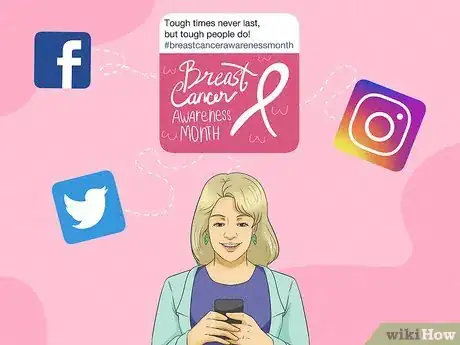

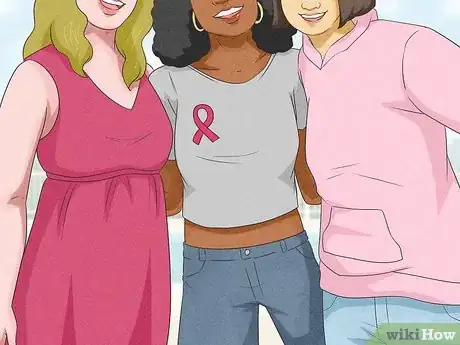
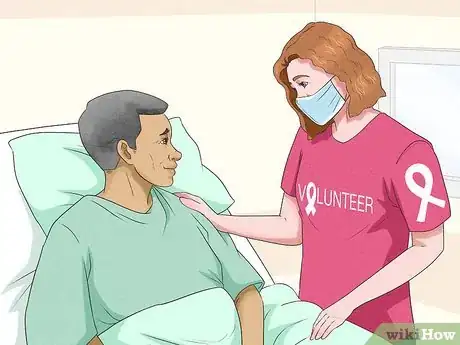

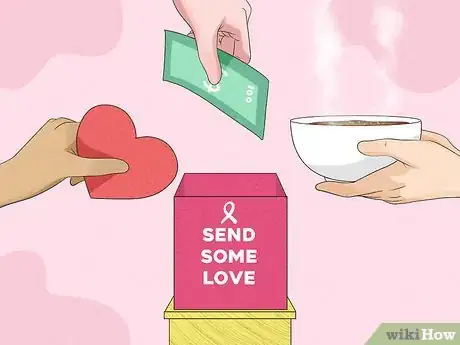
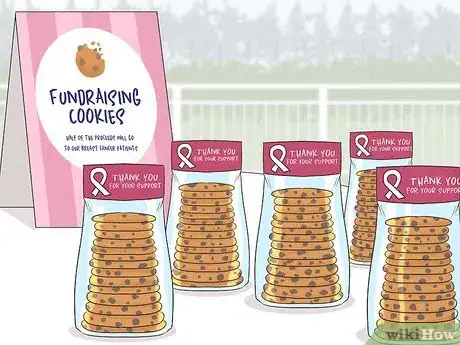

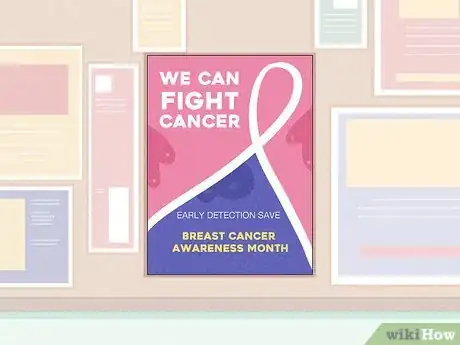
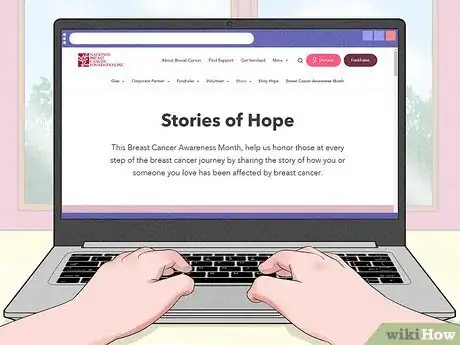
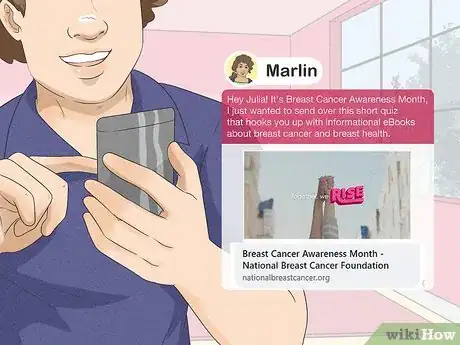
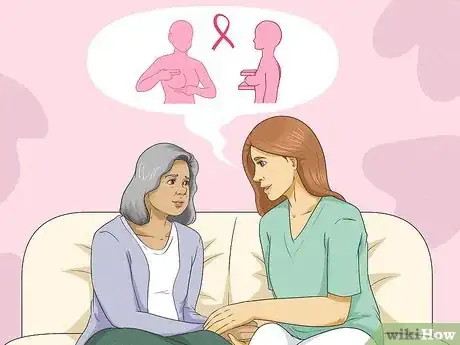




















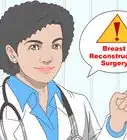




































Medical Disclaimer
The content of this article is not intended to be a substitute for professional medical advice, examination, diagnosis, or treatment. You should always contact your doctor or other qualified healthcare professional before starting, changing, or stopping any kind of health treatment.
Read More...